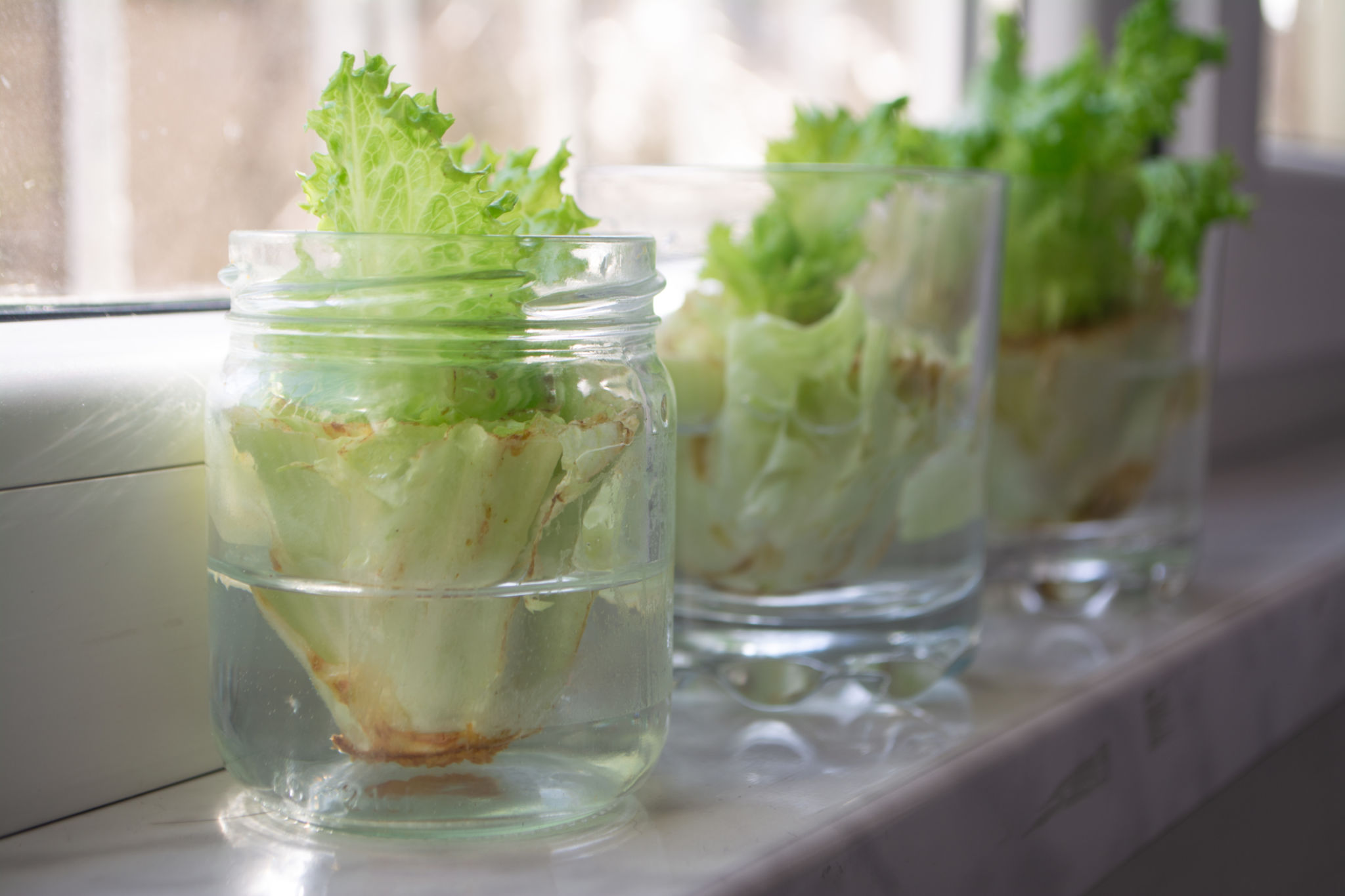DIY Science Experiments for Kids: Learning at Home
Introduction to DIY Science Experiments
Science experiments are a fantastic way for kids to learn and discover new concepts while having fun. Conducting simple experiments at home not only enhances their understanding of scientific principles but also encourages curiosity and creativity. Here are some engaging DIY science experiments that you can try with your children.

The Magic of Chemistry
Baking Soda and Vinegar Volcano
This classic experiment is a favorite among kids. It vividly demonstrates the reaction between an acid and a base, producing an exciting eruption.
- Build a small volcano structure using clay or playdough around a small container.
- Add a few tablespoons of baking soda into the container.
- Pour vinegar into the container and watch the “lava” flow!
Colorful Milk Patterns
Explore surface tension with this simple and colorful experiment.
- Pour some milk into a shallow dish.
- Add a few drops of different food coloring.
- Dip a cotton swab in dish soap and touch it to the milk's surface. Watch as colors swirl and mix, creating mesmerizing patterns.

Physics in Action
Balloon Rocket
Introduce your kids to the principles of physics with a balloon rocket experiment. This activity demonstrates Newton's Third Law of Motion in an exciting way.
- Thread a string through a straw and secure the string between two fixed points.
- Inflate a balloon without tying it, and tape it to the straw.
- Release the balloon and watch it propel along the string!
The Power of Static Electricity
Create static electricity with just a balloon and some hair! Rub a balloon on your hair or a wool sweater to generate static charge. Use the charged balloon to pick up small paper pieces or make hair stand on end, demonstrating the principles of static electricity.

Biology and Nature
Plant Maze
Teach children about phototropism by creating a plant maze. Use a box to construct a simple maze and place a plant inside. Cut small openings on one side to allow light in. Over time, observe how the plant grows toward the light, navigating through the maze.
Regrowing Vegetables
Show your kids how to regrow vegetables from kitchen scraps. Place the base of vegetables like lettuce or celery in a shallow dish of water and watch as they begin to sprout new leaves. This experiment is a great way to learn about plant growth and sustainability.

Conclusion: The Joy of Discovery
DIY science experiments are an excellent way for kids to explore, learn, and have fun at home. These activities not only teach scientific concepts but also foster critical thinking and problem-solving skills. Encourage your little scientists to ask questions, experiment, and discover the wonders of science in their everyday lives.